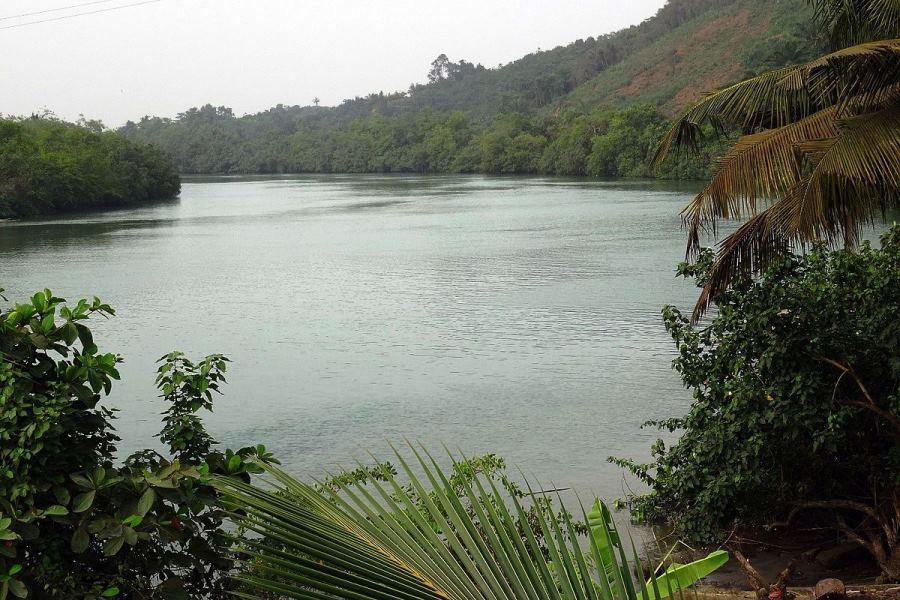It was just three and a half years ago that the Sanwoma fishing village, which sits between the sea and the mouth of the Ankobra River on the west coast of Ghana, experienced perpetual flooding that resulted in a loss of property and life.
This was because the local mangrove forests that play a key role in combating the effects of coastal erosion and rising sea levels had been wantonly and indiscriminately harvested. “Of a total 118-hectares mangrove, we had depleted 115 hectares,” Paul Nato Codjoe, a fisherman and a resident of the community explains.
The community commenced a mangrove restoration plan, planting about 45,000 seeds over the last three years.
According to Rosemary Ackah, many of the women in the community also became involved in the mangrove regeneration because of the positive resultant effect of clean air that would reduce airborne diseases in the community.
“As women, we take care of our husbands and children when they are ill so we thought we should seize this opportunity to engage in this as health insurance for our families,” she added.
“We have seen positive signs because of the re-generation, the flooding has been drastically reduced,” says Ackah.
She has witnessed another direct improvement: the high volume and large size of the shrimp, one of the delicacies in Ghana, that they local community harvests. “This has really boosted our local business and improved our diet,” she says.
Codjoe says the fish stock in the river increased and agreed that a high volume of shrimp was harvested.
What the folks of Sanwaoma are practicing could be called “regenerative shrimp farming.” Rather than creating dedicated shrimp farms—highly-polluting operations that are primarily responsible for the planet’s having lost over a fifth of its mangroves since 1980—they are harvesting them naturally, and are boosting the stocks by restoring mangroves.
Intact mangroves were almost always more valuable than shrimp farms, according to a UN-funded study back in 2012. They are nurseries for wild fish stocks, sources of wood for building and serve as buffers to storm surges. They absorb carbon dioxide, the main greenhouse gas from burning of fossil fuels, and store it in their roots. And their growth can help counteract the effects of rising sea levels as it elevates coastlines.
“There is an opportunity for many countries to go for restoration of mangroves,” said Hanneke Van Lavieren, lead author of the study at the U.N. University’s Institute for Water, Environment and Health (UNWEH). “Mangroves can be seen as a key ecosystem for food security in the world,” she said.
Photo (by ZSM via Wikipedia) shows the Ankobra River, looking north from southern (coastal) end.

